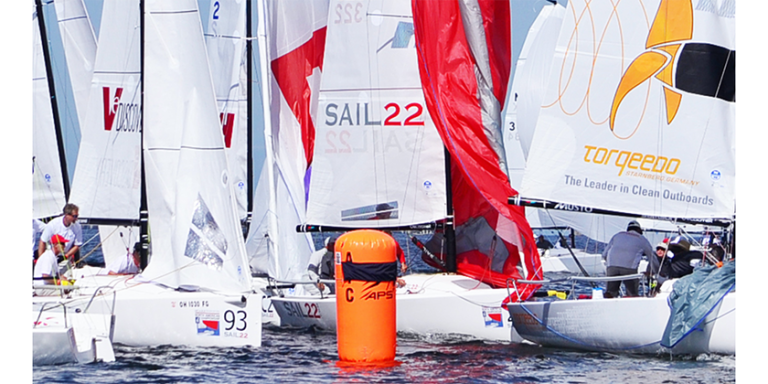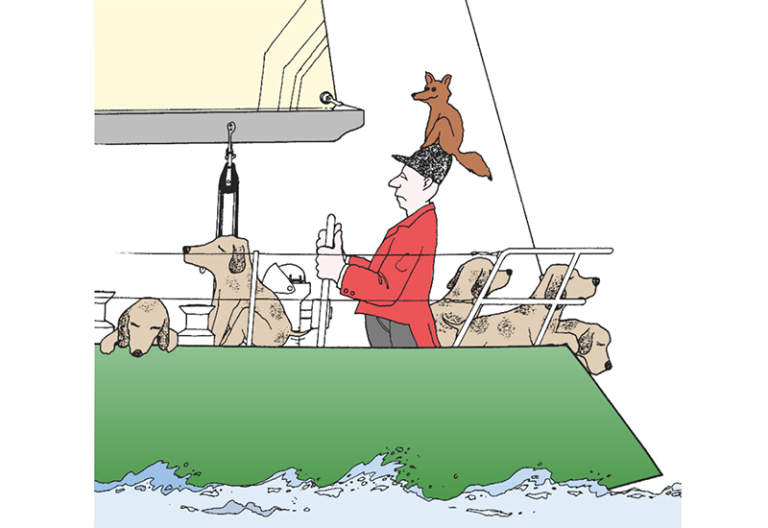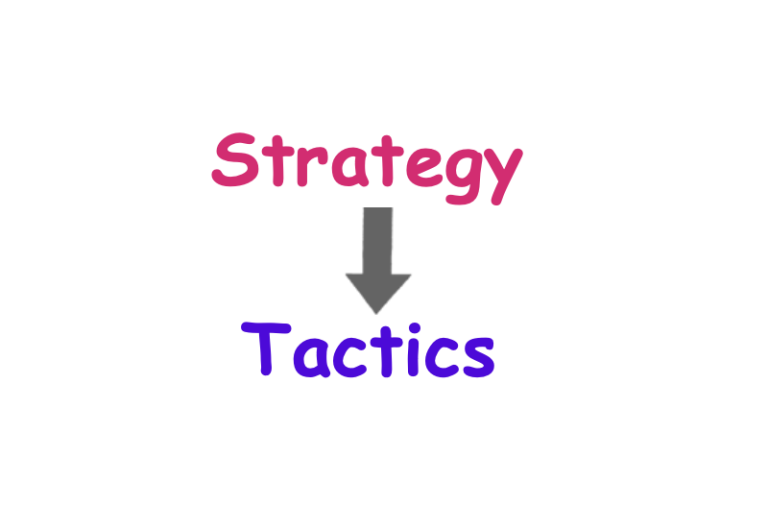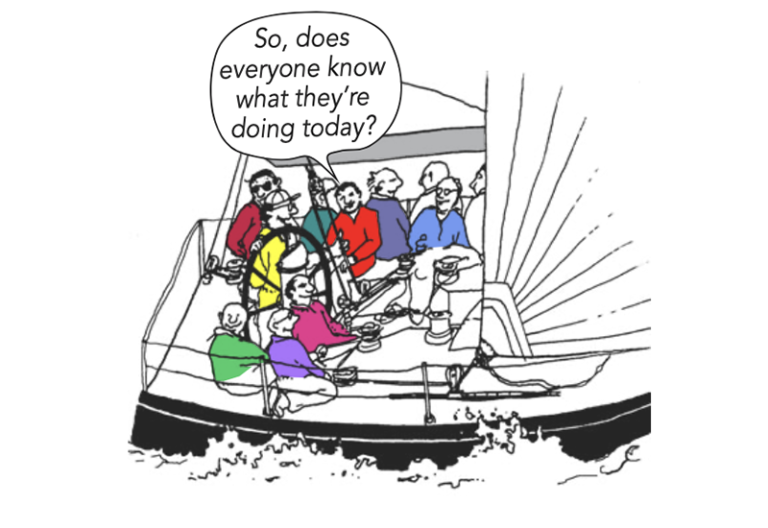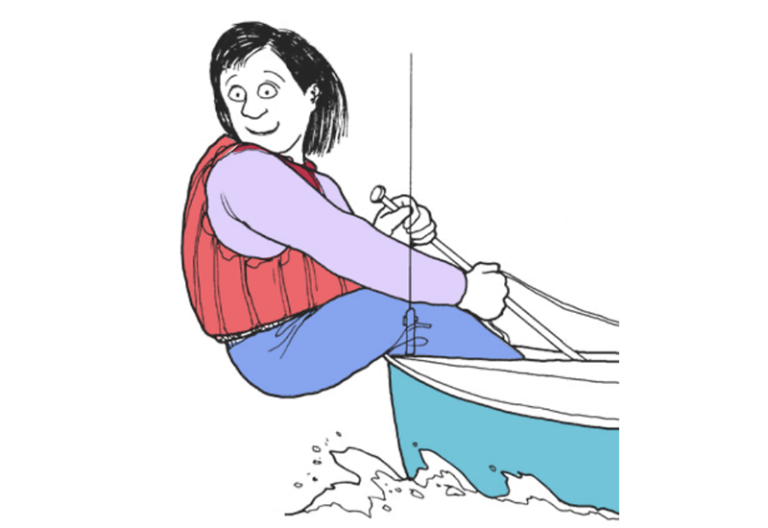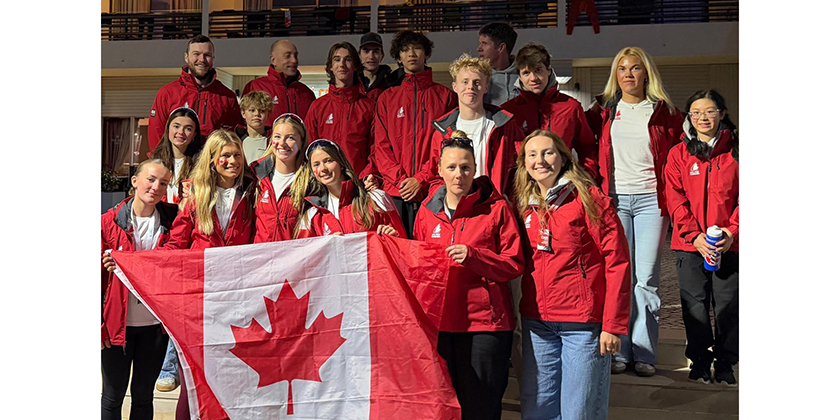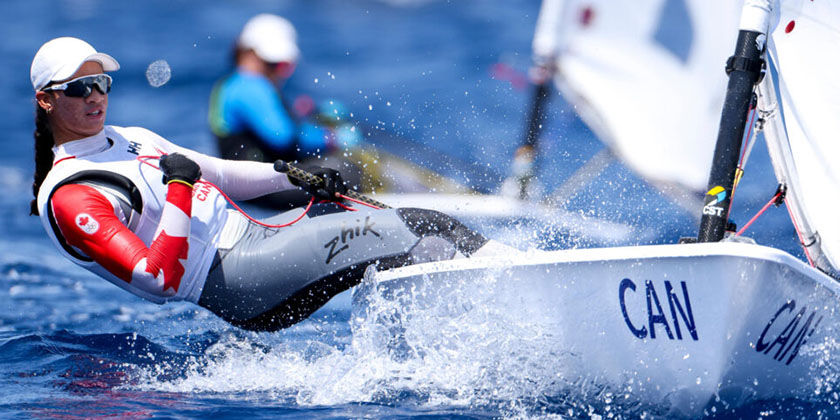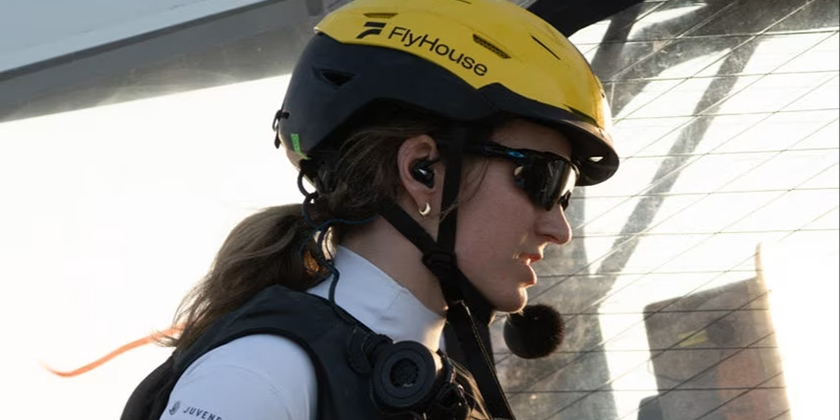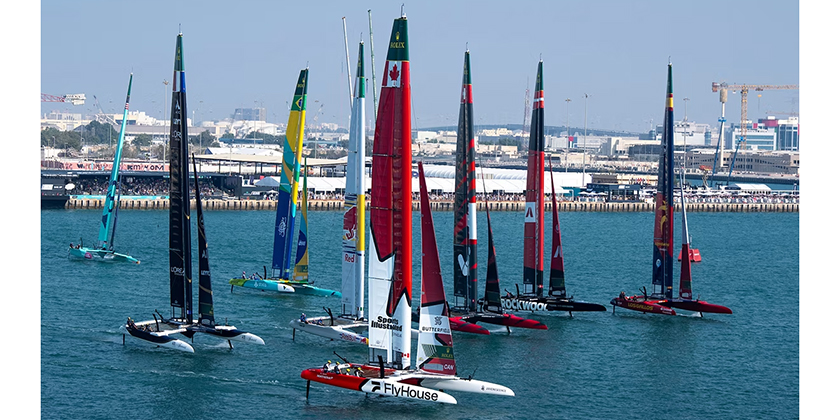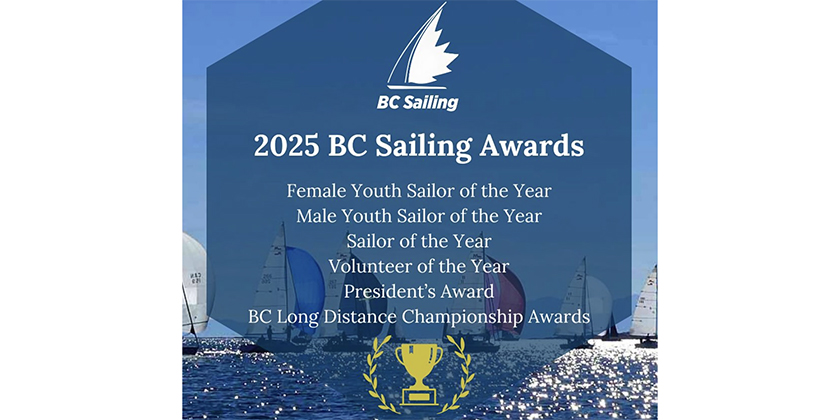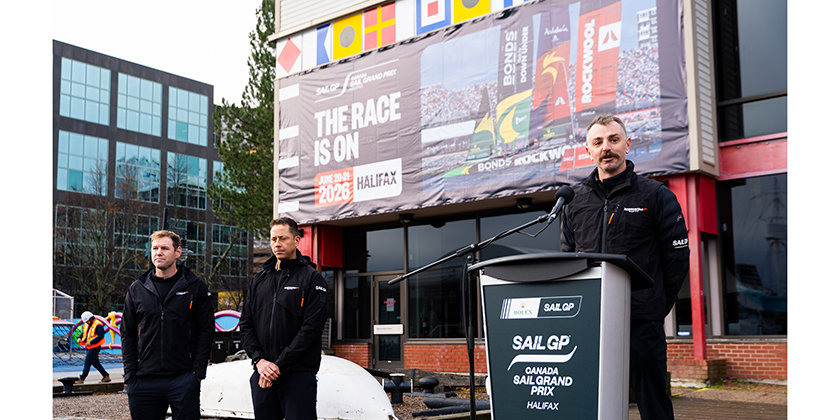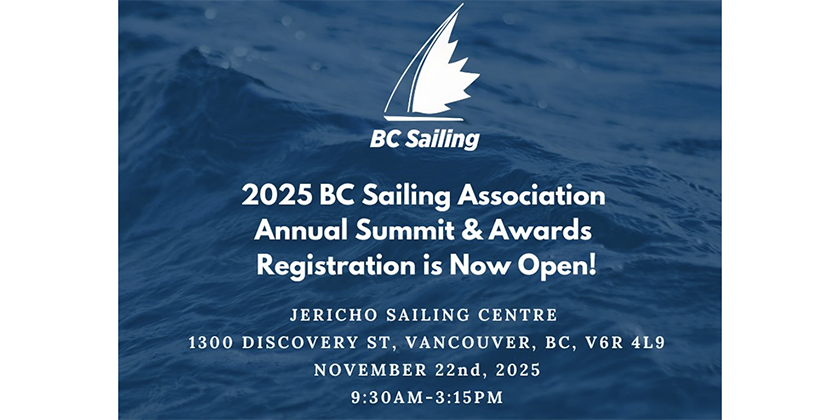Speed & Smarts: Make a Starting Plan
May 15, 2024
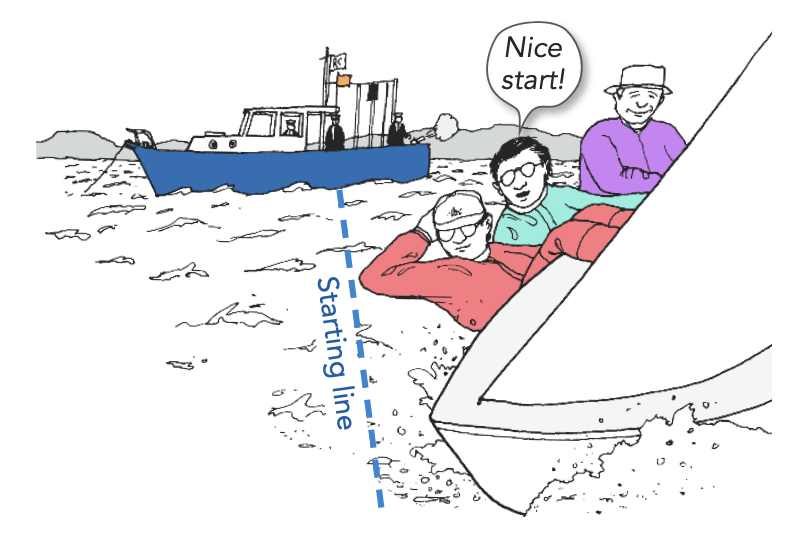
The start of any race is a critical moment that can have a big effect on your potential success in that event. If you get off the line cleanly with clear air and good speed, heading to the favored side, you’ve made a great first step. But if you end up going the wrong way, or in the second row with the oxygen masks deployed, you’re in for a long game of catch-up. That’s why you need a good strategy for starting.
Ingredients of a good start
Goal: Be sailing at your full upwind speed (or, ideally, a little faster) when you cross the line.
Goal: Have clear air when you cross the line and the ability to keep sailing on starboard tack with clear air as long as you want (i.e. until you choose to tack to port).
Goal: Be in the front row within roughly one boatlength of the line at the start (this distance depends on your boat and the conditions).
Goal: Be in a location on the line where you can follow your game plan for the first beat. This depends on several factors (see below):
• Your first-leg strategy
• The bias of the starting line
• The position of other boats
Tips for pre-start strategizing
Keep these things in mind when you’re making a starting plan:
• It’s good to get out to the race course early so you can look for strategic clues. Predicting future wind shifts is one thing that depends a lot on knowing the recent wind pattern. But beware of info collected too long before a race. The most recent data you collect is usually the most relevant.
• Because conditions are always changing, be ready and willing to adjust your strategic plan at any time. Don’t stop looking at the wind just because you hear the warning signal; a lot can happen in the last few minutes before the start (and afterward).
• Involve your entire team in planning a start strategy. You don’t usually have time for team meetings while racing, so take advantage of time before the start. This will bring out more clues, produce better decisions and keep everyone involved.
Pick a starting spot
When you start to develop a starting strategy before each race, the most important thing you need to figure out is where along the line you are going to start. Will you be right at the pin end, a quarter of the way up the line from the pin, a third of the way down from the boat end, or nailing the committee boat? The answer to this question is based on three primary ingredients:
1. Your first leg strategy
Do you like the left or right side of the first beat? Or the middle? How strong is your preference? As a rule of thumb, you should start on the part of the line that corresponds to your preferred side of the first beat. When you’re not sure, start near the middle and be patient.
2. The starting line bias
Is the starting line square to the wind or is one end farther upwind? If the end that is upwind matches the side of the course you prefer, your choice of where to start is easy. But if the favored side of the course is opposite to the upwind end of the starting line, you have to decide which one is your priority.
3. Presence of other boats
If there were no other boats on the starting line, you’d probably start close to an end most of the time. In reality, however, there is likely to be a crowd of boats at the end you pick. Do you still want to start there, or is it worth moving away from that end to increase your odds of getting a start with clear air and good speed? This is the third consideration when you’re picking a place to start.
Most of the time you should develop a starting strategy before the warning signal so you’re ready to go. But don’t blindly follow that plan. A lot can happen with other boats and the wind during the final few minutes, and this could easily affect your original choice of where to start on the line. So keep your eyes open and remain flexible.
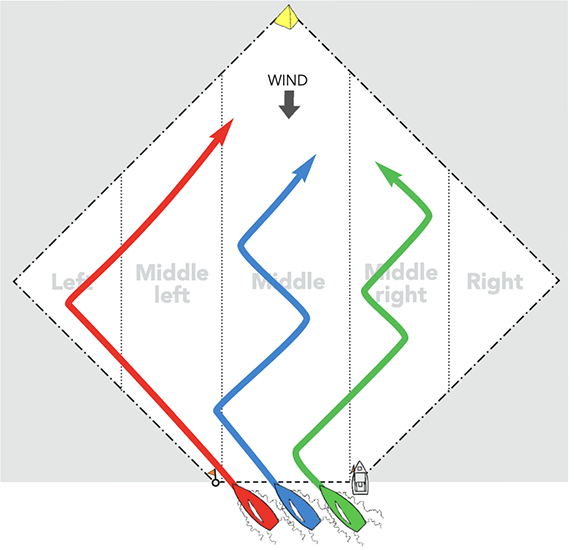
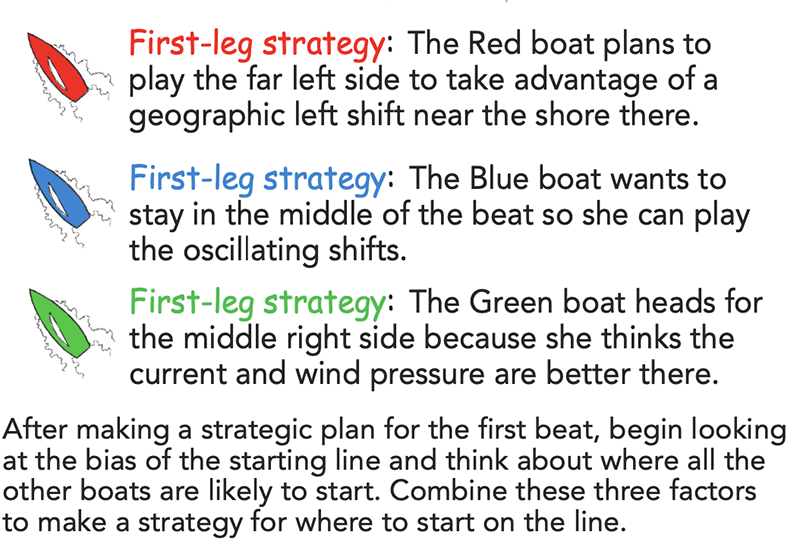
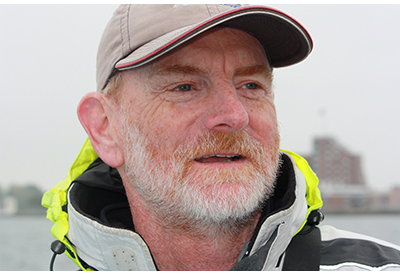
Dave Dellenbaugh is the publisher, editor and author of Speed & Smarts, the racing newsletter. He was the tactician and starting helmsman on America3 during her successful defense of the America’s Cup in 1992 and sailed in three other America’s Cup campaigns from 1986 to 2007. David is also two-time winner of the Canada’s Cup, a Lightning world champion, two-time Congressional Cup winner, seven-time Thistle national champion, three-time Prince of Wales U.S. match racing champion and past winner of the U.S. Team Racing Championship for the Hinman Trophy. He is currently a member of the US Sailing Racing Rules Committee (and was its chairman from 2005-2008).
You can subscribe to the Speed & Smarts newsletter HERE.

